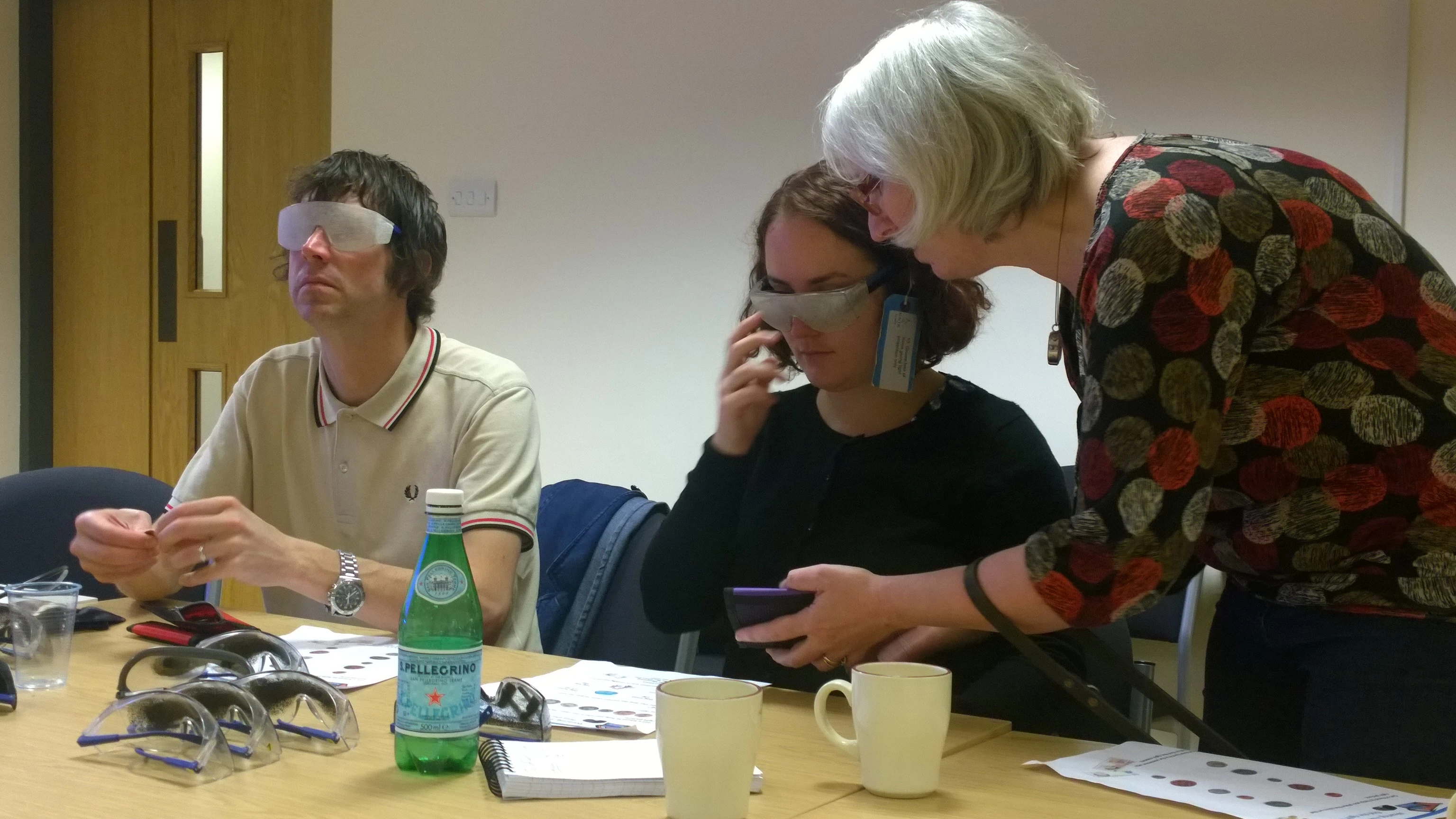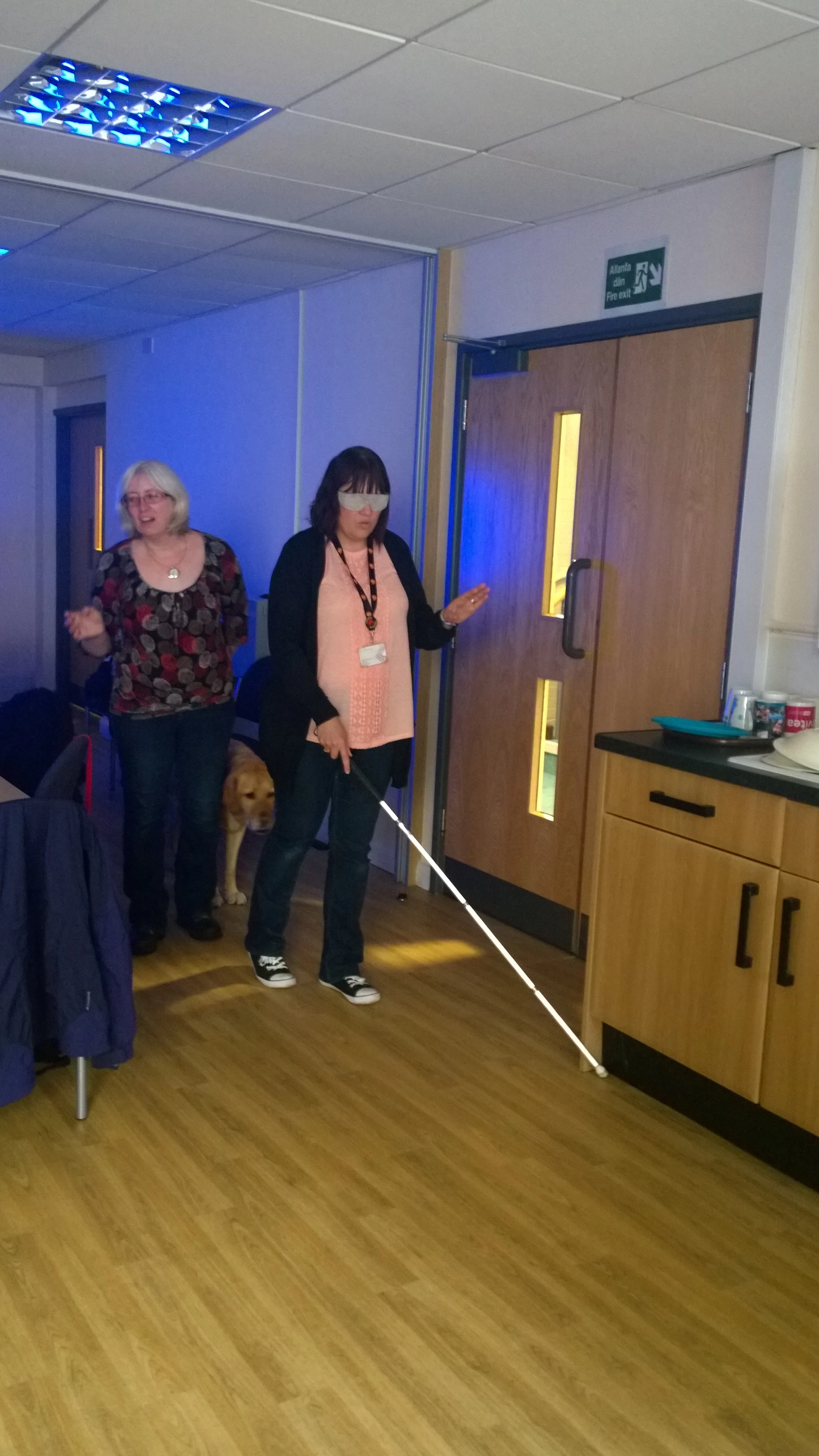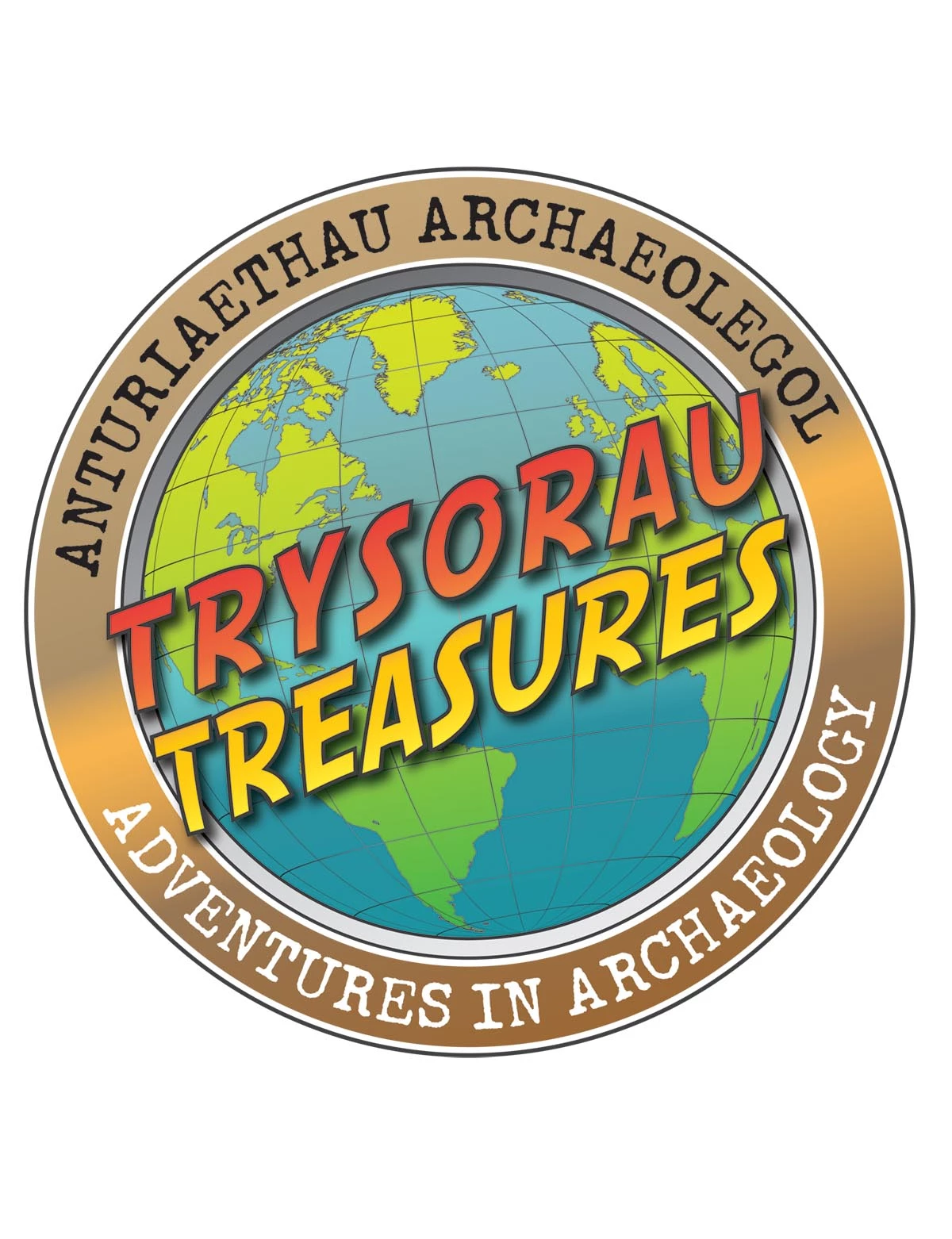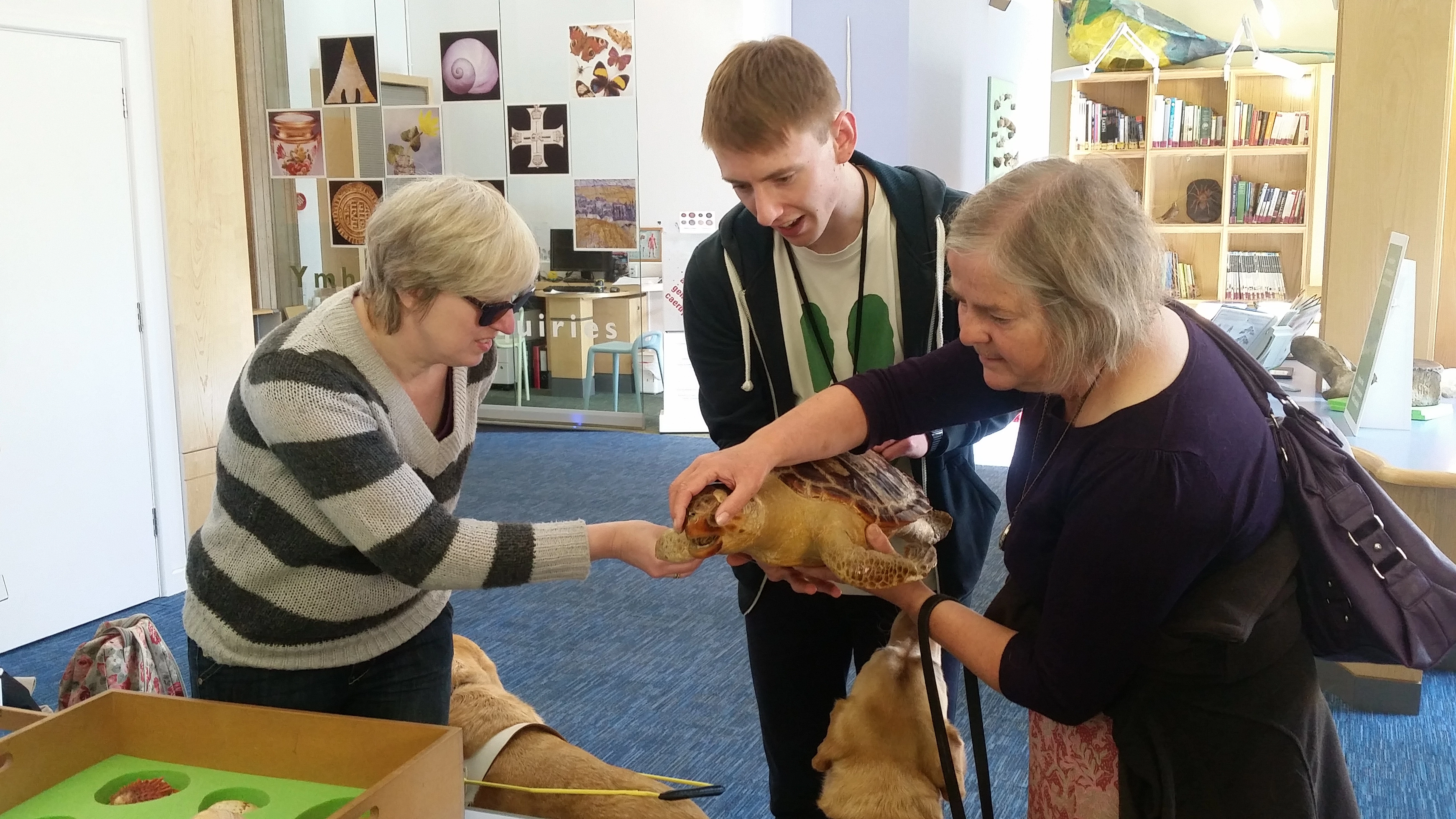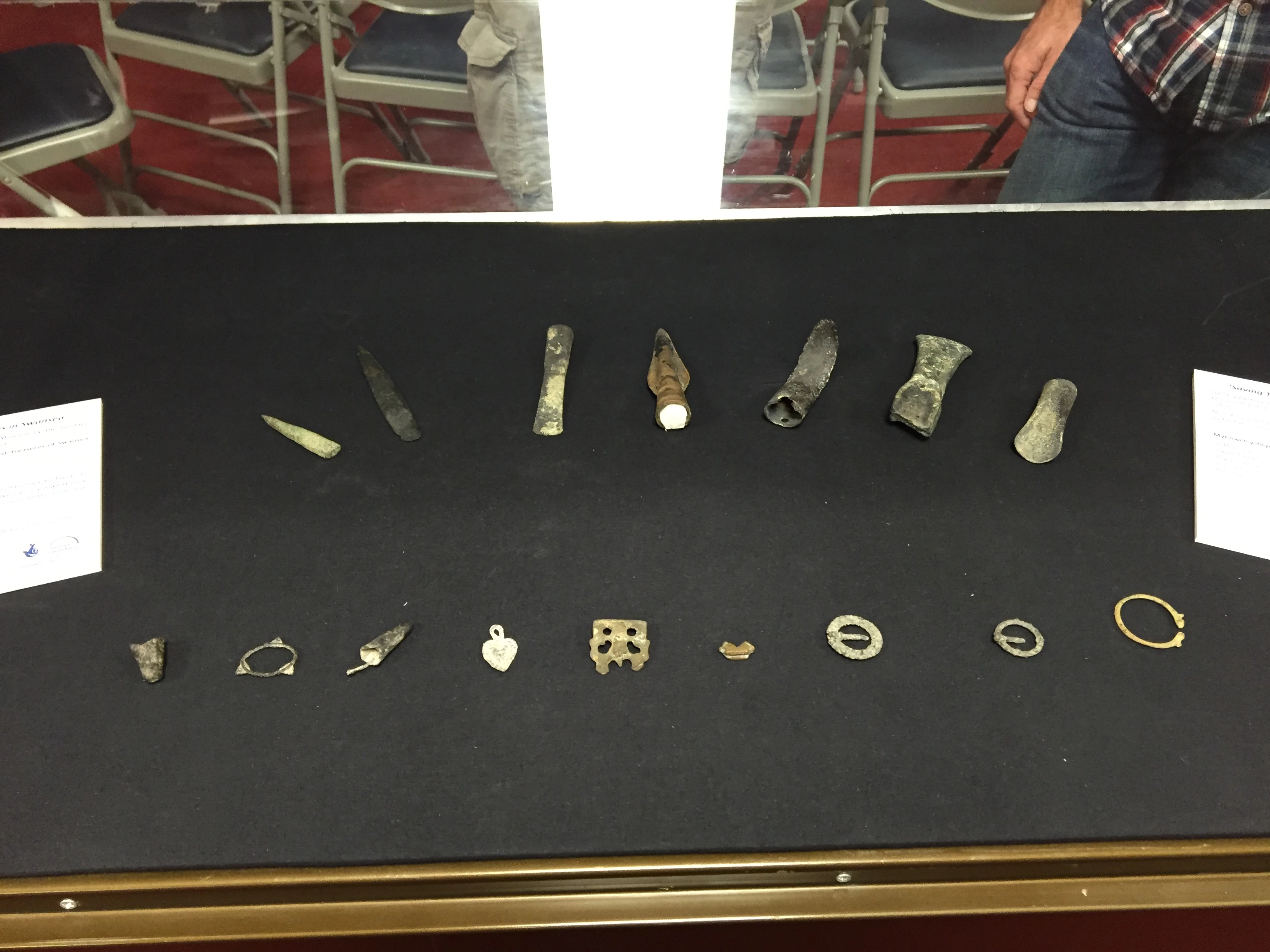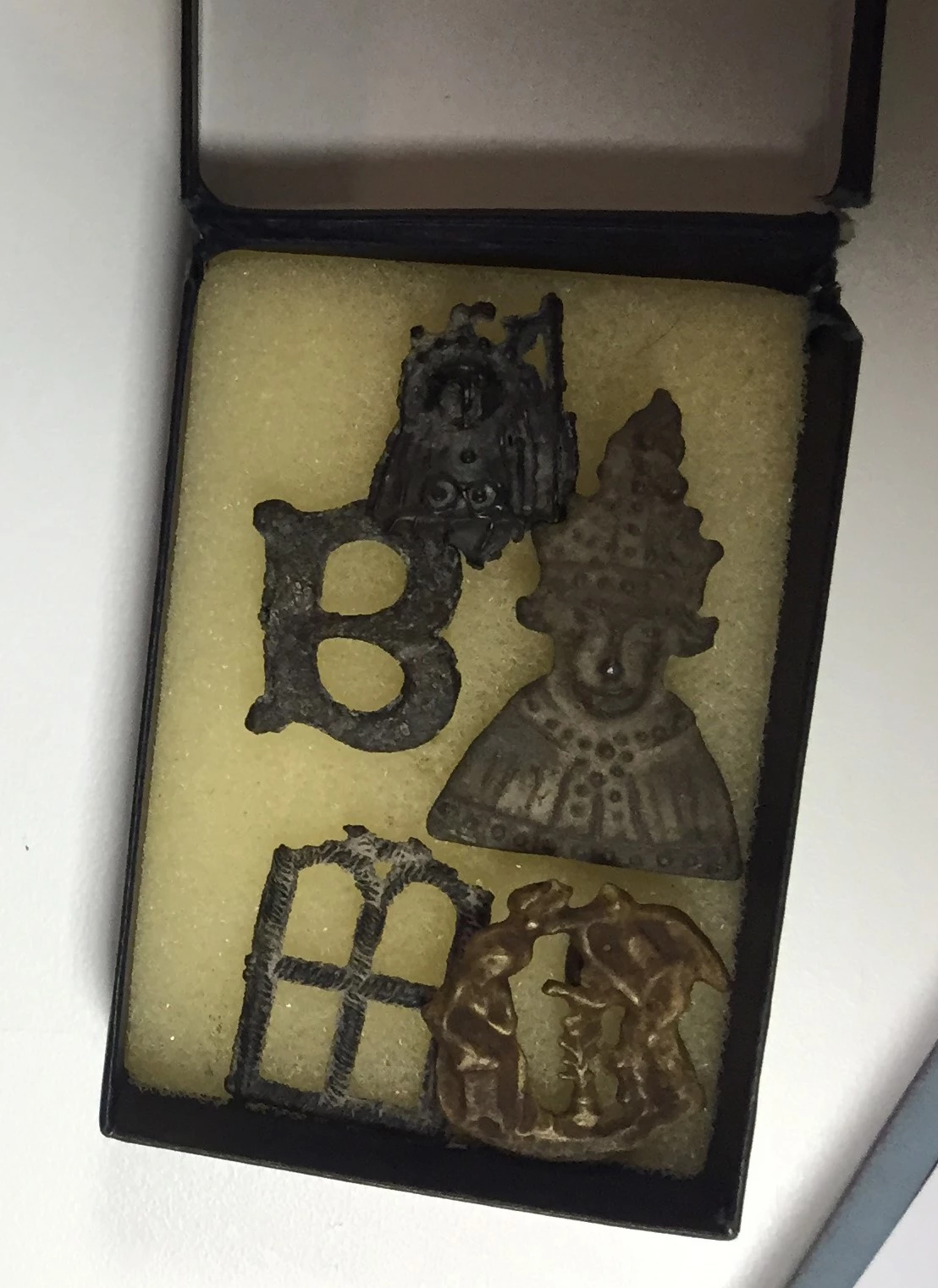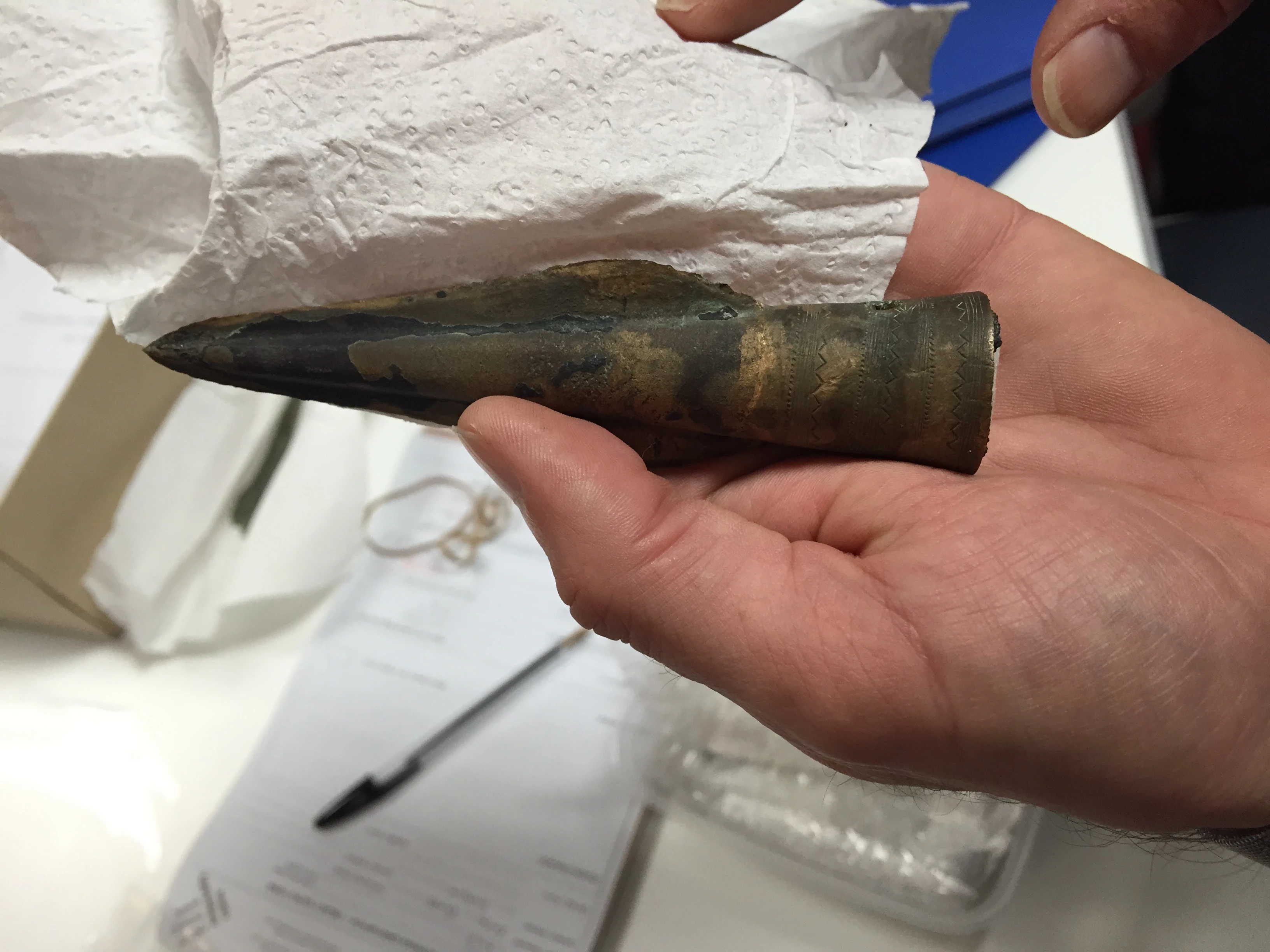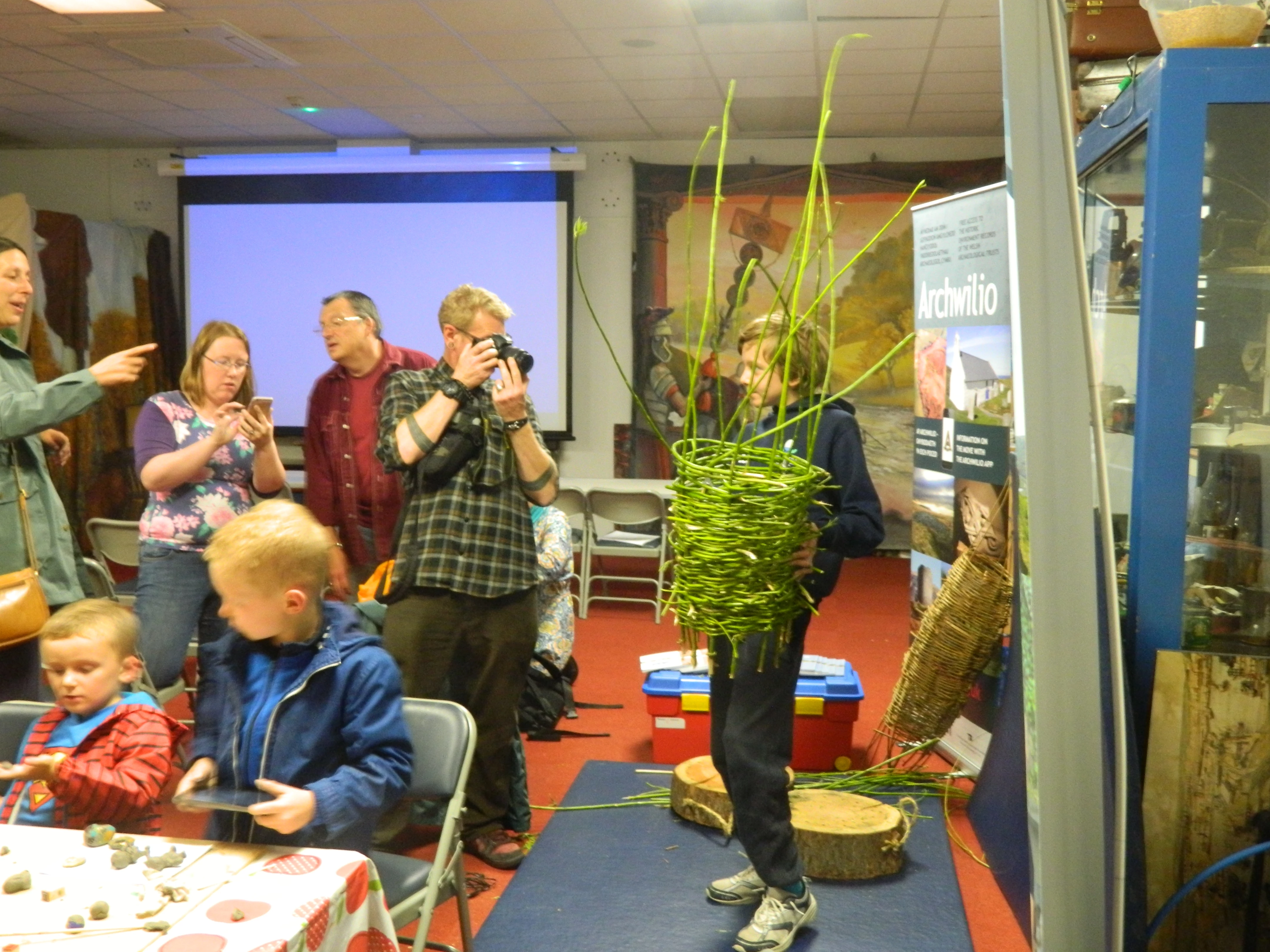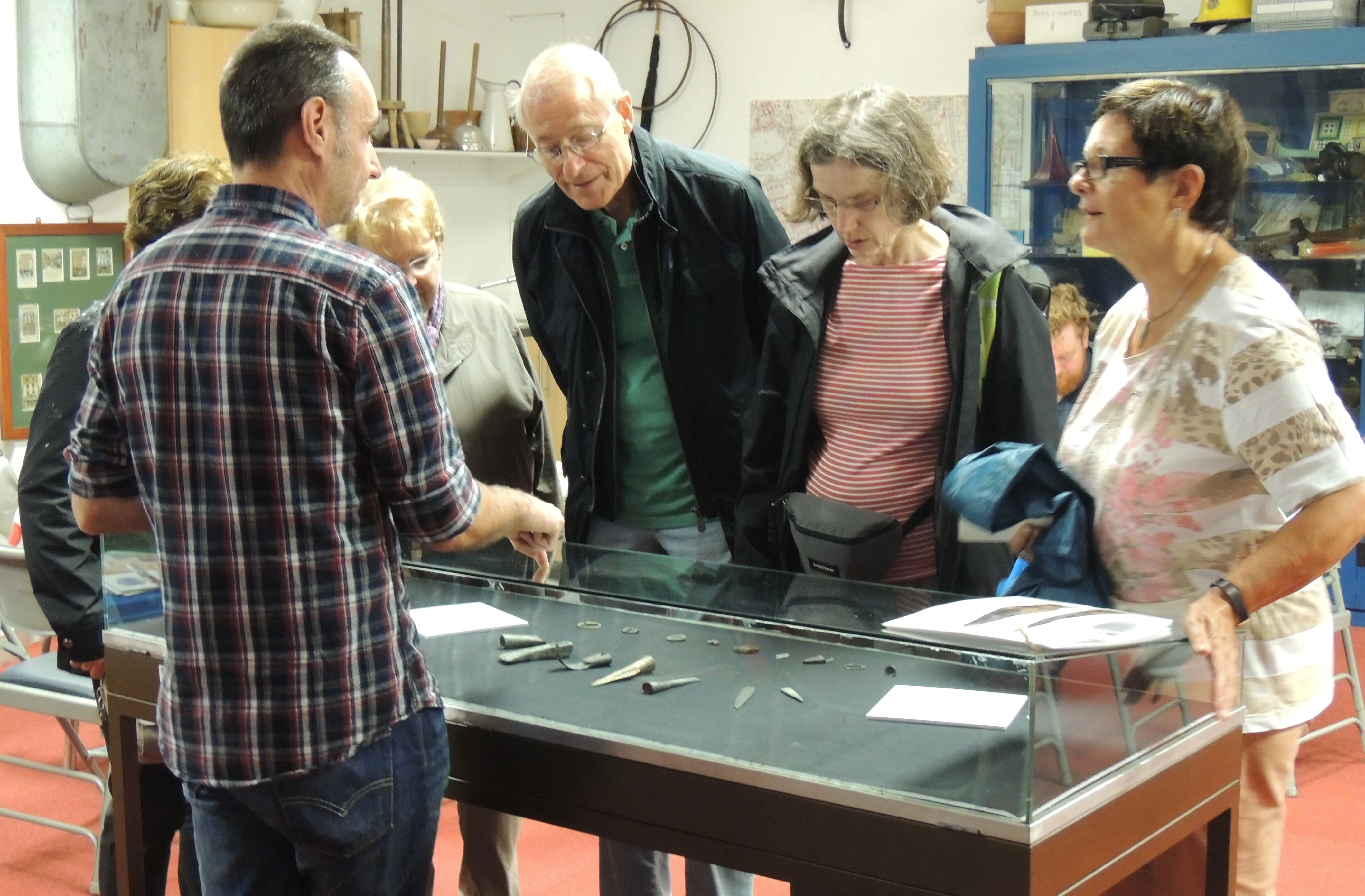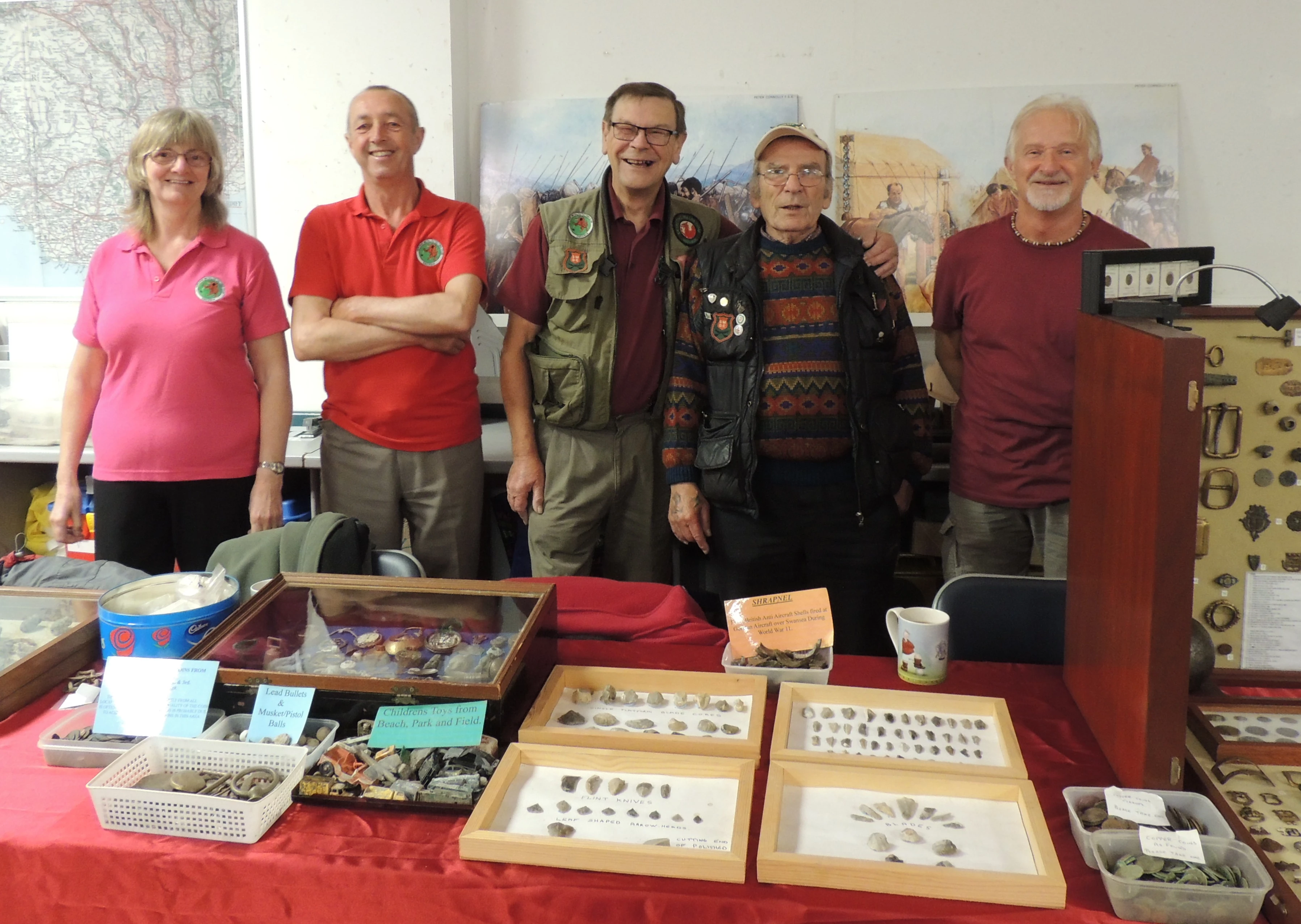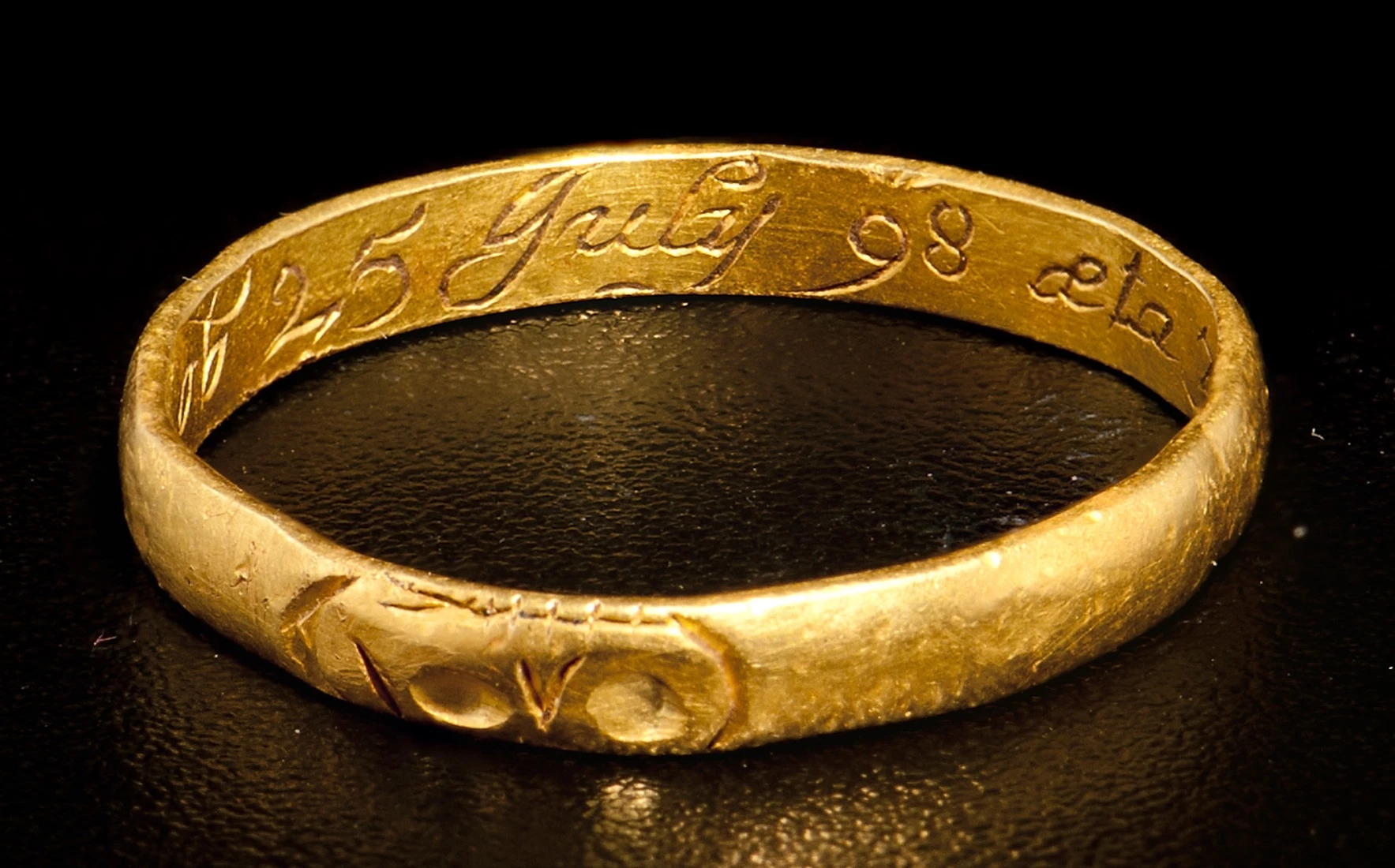Insight into visual impairments
, 28 Hydref 2016
It’s a strange sensation, being guided across a street blindfolded. Time slows. Distance is distorted, directions skewed. You become acutely aware of changes in the surface under your feet; shadows; things unseen brushing past your arm or cheek.
Being the guide is less disorientating but can be just as strange. Knowing that you have complete responsibility for getting someone safely to their destination is unnerving. The street suddenly becomes your enemy. Cracks and kerbs, streetlamps, benches, bins become anxiety-inducing obstacles – and don’t get me started on the cars!
The training was delivered by our friends at Cardiff Institute for the Blind, who have been helping us pilot our audio description tours for blind and visually impaired visitors. We wanted to practice our guiding skills, but also to experience what it’s like to be guided without vision in an unfamiliar environment.
Our trainers, Michelle and Sian, also gave us helpful insight into the day-to-day challenges of living with a visual impairment and the array of tools and technologies that are available to help. We were given a selection of simi-specs, which simulate the symptoms of common eye conditions, and asked to do everyday tasks like read, write and count out coins from a purse.
Sian gave us a valuable account of her experience living with a visual impairment, and the role of the lovely Arnie, not just a guide dog but a lifelong companion and friend.
Everyone agreed that the training was a positive experience on many levels, and although we realise that what we experiences is not directly comparable to the experience of people with sight loss, it felt that we all came away understanding a bit more. And after guiding our colleagues across a city centre street in the rain, the prospect of guiding people around the Museum safely is far less scary!
Our audio description tours run once every other month. For more information and future dates, please call (029) 2057 3240.

